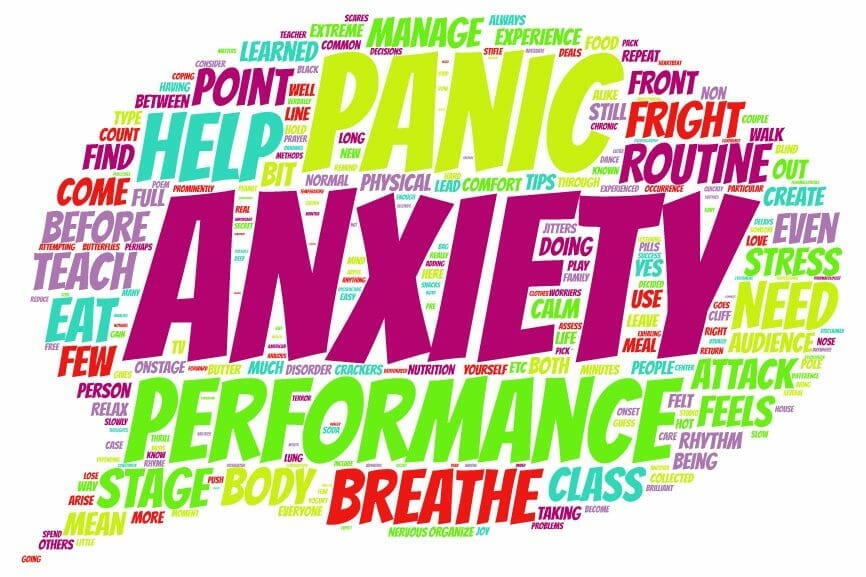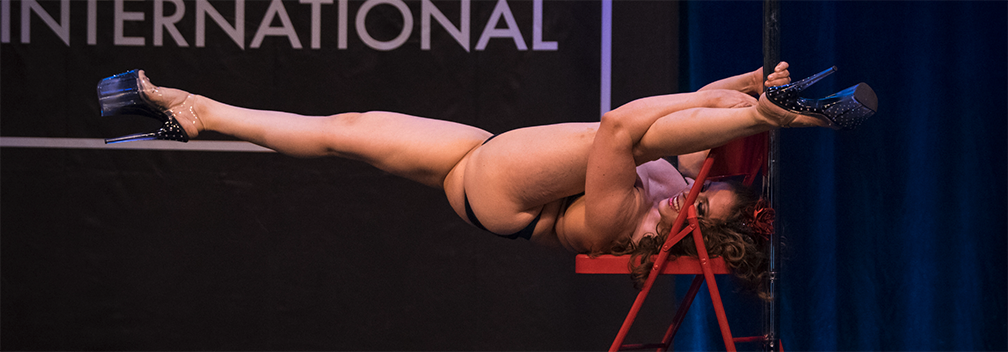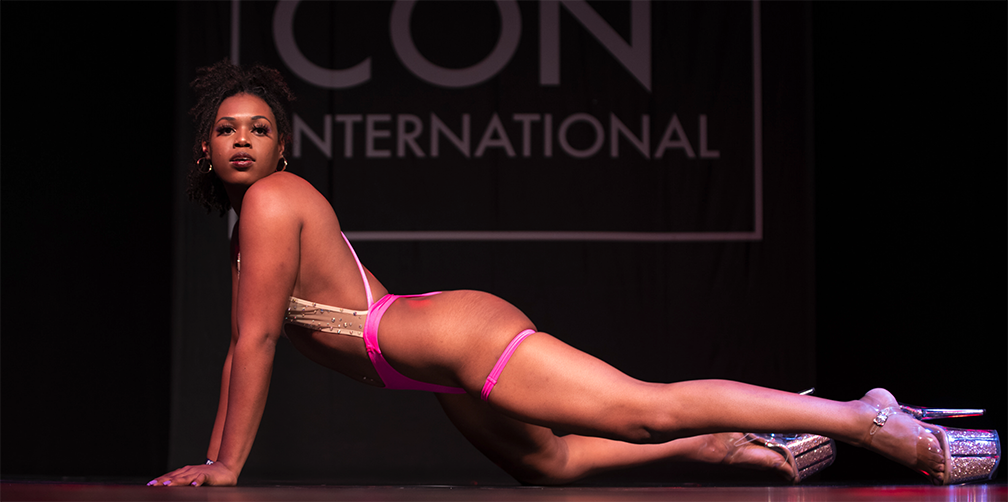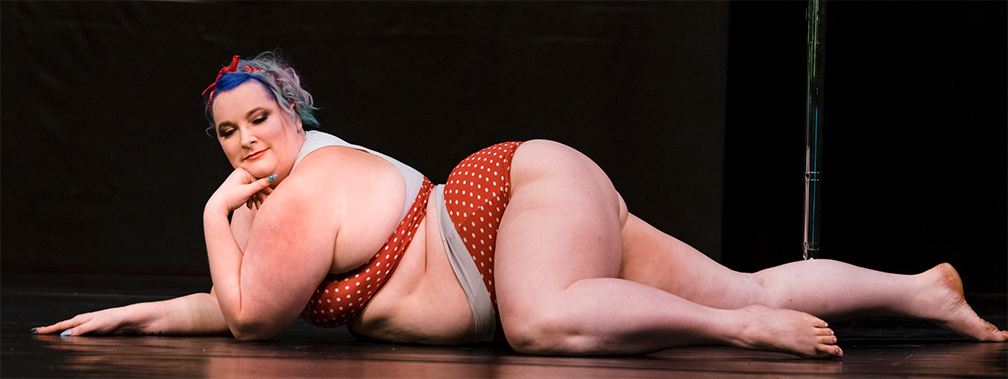Get Your Booty to the Poll (GYBTTP) was a 2020 campaign that used pole dance…

Stage Fright or Panic Disorder: Tips to Help Manage Performance Anxiety
Everyone feels anxiety at some point. Even the most calm and collected person has felt nervous about something. “Stage fright,” the particular type of anxiety that comes from being in front of an audience, is a common occurrence among performers and non-performers alike.
For some people, stage fright can mean a few butterflies and jitters. For others, stage fright can lead to panic attacks. Having experienced both extremes, and all points in between, I have a couple of things to say about performance anxiety.
I come from a long line of “worriers.” Chronic, extreme anxiety and panic attacks are well-known to my family. My own anxiety problems arise most prominently when attempting new things and when making decisions. (Why I decided to become a pole teacher is anyone’s guess.) I like to consider myself a seasoned performer and yet I still experience blind panic before walking onstage. I love performing and being in front of an audience, but there is usually a moment when my body feels like it is about to step off a cliff into an abyss.
Perhaps, the right combination of pills could make all the difference for me, but irony is when your brilliant, pharmacologist grandfather scares you off ever taking pharmaceuticals. So, I’ve learned alternative methods for coping with my anxiety, both the sudden-onset panic attacks that can come with performing and the slowly mounting anxiety from normal life routines like teaching.
DISCLAIMER: I am NOT a medical professional, nor do I play one on TV. What I am is someone who deals with anxiety on a routine basis and these are some of my experiences.
Here are some things I’ve learned to help manage the Panic of Performance:
Step One: Breathe! This is often something I have to remind myself because (as I constantly say in class) I am the person who will hold their breath and black out. Breathing is important, and so too is the way to breathe. Slow, deep, even breaths will help return your heartbeat to a calmer rhythm, lessening the feelings of panic. I find success with a rhythm of inhaling for a count of four through the nose, then exhaling for a count of four through the mouth.
Step Two: Make yourself physically comfortable. Assess yourself: Are you too hot/cold? Are you dehydrated? Does anything hurt? By understanding your physical needs and taking care of your body you are creating a comfort zone while distracting your mind from the fear. Often, if I can get my body to a comfortable temperature, I will find myself able to relax a bit.
Step Three: Find something to repeat verbally. This can be a mantra, a prayer, a poem, a nursery rhyme, etc. — the point is to use something that soothes you, something that creates a calming rhythm as you repeat it for as many times as you need. Depending on how much stress I’m under, I can spend anywhere between a few seconds and several minutes doing this.
Also, these are some things I’ve learned to help manage the Terror of Teaching:
Step One: Breathe! This is always Step One. As the American Lung Association says: “If you can’t breathe, nothing else matters.”
Step Two: Create routines. I don’t just mean choreography, I mean processes to help manage your time and to organize your thoughts and things, as this can help reduce stress. I always plan to leave the house 30 minutes before I need to leave, which gives me plenty of time in case of delays. If my commute goes quickly, then I have extra time at the studio to center myself and prepare for class. Another routine to streamline times of anxiety is to use the night before to do things like pack my dance bag, pick out my clothes and organize my pre-class meal.
Step Three: Get adequate nutrition. Anxiety can stifle hunger to the point of making it physically hard to eat. When I’m really stressed, I can’t swallow food. However, I still need to eat and by adding snacks into my routines it normalizes eating at stressful times, forcing my body to relax enough to get the nutrition it needs. Easy to digest foods include: soda crackers, nut butters, yogurt, bananas. I don’t expect to be able to eat a full meal when I’m anxious, but even a few peanut butter sandwich crackers will help.
My real secret is to just keep doing. Yes, I can have a panic attack before I walk onstage, but if I push forward and get myself in front of the audience, the panic subsides and I experience the thrill of performing. Yes, teaching a class full of people I don’t know can be terrifying, but every time I teach I gain that much more confidence in my abilities and lose a little bit more of my anxiety.
I might never be free of anxiety, but it’s not going to stop me from doing the things that bring me joy.
Image created by Tagul.com
Latest posts by April Rayne (see all)
- Choreographic Devices - July 21, 2017
- Choreography 101: Improv - July 7, 2017
- Quiz Time!: What’s Your Pole Style? - April 21, 2017


